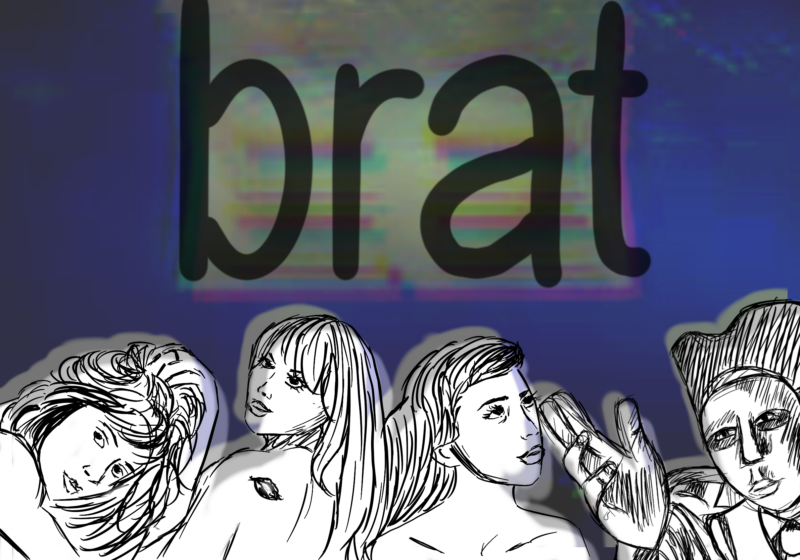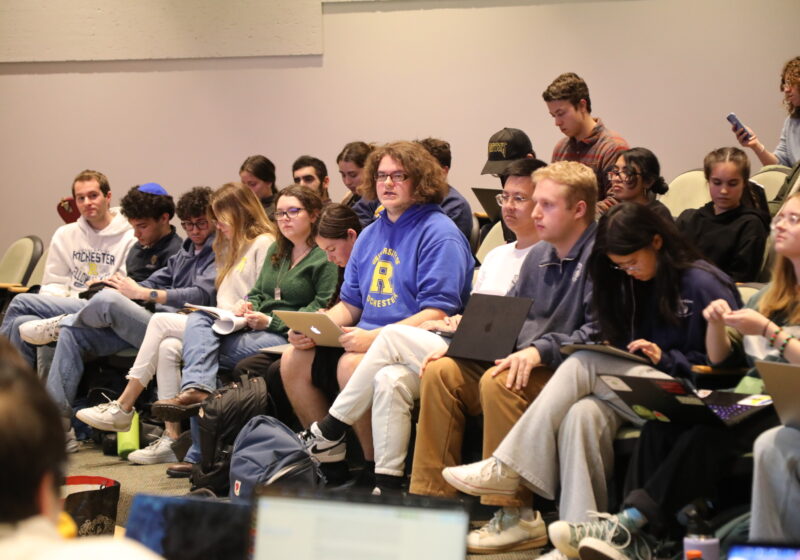Professor at the University of Toronto Kim J. Vicente visited UR to speak about how to bridge the gap between people and technology on March. 15. The talk was part of the Neilly Series.
“If technology doesn’t work for people, then it doesn’t work,” Vicente said.
The speech was broken up into three main categories. First, Vicente spoke about everyday technology. Then he covered more complex industrial systems. Finally, he discussed designing for the human factor.
In the first part of his speech, Vicente talked about different technology such as roads, bridges and even basic things such as paper. He showed slides of a roundabout in England that was confusing for people to look at, yet the details in the road were impeccable.
Vicente talked about how the engineers who built this roundabout paid attention to the minor things such as the paint that they used to paint the lines dividing up the lanes, and how the road contained no visible potholes.
However, as Vicente pointed out, the engineers left out the most important detail – they didn’t make it user-friendly.
“People are capable of remarkable things, given the right conditions,” Vicente said.
Other examples of everyday technology that he showed were stove controls and tax forms. Vicente pointed out the impracticality of almost every peice of technology that was ever created.
He said that things should be designed with the consideration of human nature in mind, yet many things that are created leave out this most basic element.
Vicente also showed how human error leads to inefficiency, frustration, alienation and the failure to exploit the potential of both people and technology. He talked about how there is a gap between the ability to create technology and the ability to control it.
“The need for people to adapt to technology is stronger now than before,” Vicente said.
He provided statistics about how much money is being wasted in different areas such as medicine and nuclear power.
According to his research, between 44,000 and 98,000 people die in hospitals as a result of the doctors’ human errors, making it the eighth leading cause of death in hospitals in the United States.
Vicente provided a list of patterns and consequences in society. The patterns include complex systems, people and machines and potential threats that these cause and some of the consequences are disasters, injuries and death.
“The problem is an ingenuity gap,” Vicente said. “This exists within our society because some people have a humanistic view while others take on a more mechanical view. Each of these sets of people deal with abstractions whether they are people or technology and since they only deal with one or the other it is difficult for them to try and deal with something that they have never dealt with before.”
Vicente said that society needs to make a paradigm shift and examine the relationship between people and technology rather than examine each individually.
Vicente provided other examples of how technology is confusing by showing slides of the different technologies located in the cockpit of a plane.
He showed a picture of a model that his colleague created that would make it much easier for a pilot to understand than the previous design.
“People always want to find an easier way to do their job,” Vicente said. “But technology is a means, not an end of itself.”
Students had a positive opinon about the talk.
“The speech was very informative,” junior Yana Feygin said. “A lot of what he said was common sense, but I didn’t think of it until after I heard him say it.”
Ritterman can be reached at gritterman@campustimes.org.



